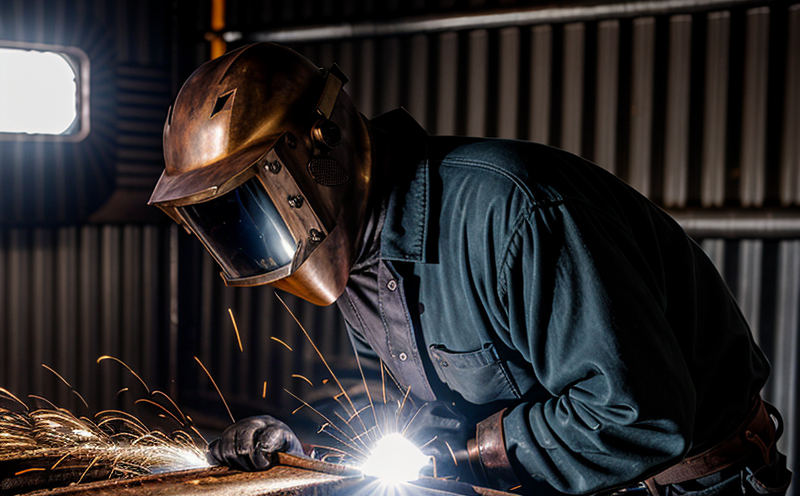Welding helmet inspection
The welding helmet is a critical component in ensuring safety during manual metal arc (MMA) welding, gas-shielded metal inert gas (GMAW), and other welding processes. Proper inspection of the welding helmet is essential to ensure that it meets the necessary standards for protection against UV radiation, heat, and sparks.
The quality management team at our laboratory uses a multi-step approach to inspecting welding helmets. The first step involves visual examination, checking for any visible damage or wear on the helmet's exterior surface. This includes assessing the face shield, headband, and chin cup for cracks, scratches, or other defects that could compromise its integrity.
After the visual inspection, we proceed to a functional check of the welding helmet, ensuring it operates correctly with the welding equipment being used. This step is critical as any malfunction in the helmet’s operation can lead to inadequate protection during use.
The third phase involves testing the thermal and optical properties of the helmet. We measure the helmet's ability to block UV radiation using standards like ISO 10736, which specifies the minimum protection factor (PF) required for different types of welding tasks. Additionally, we assess the helmet’s heat resistance to ensure it can withstand high temperatures without melting or deforming.
Lastly, we conduct a pressure test on the welding helmet to confirm its structural integrity and durability. This is important in preventing any potential leaks that could compromise the wearer's safety during use.
Scope and Methodology
| Parameter | Description |
|---|---|
| Visual Inspection | The helmet is inspected visually for any signs of damage, wear, or deformity. |
| Functional Check | The helmet’s compatibility and proper operation with the welding equipment are verified. |
| Thermal and Optical Properties Test | The helmet's ability to block UV radiation is measured using ISO 10736 standards. |
| Pressure Test | This test ensures the structural integrity of the welding helmet by subjecting it to pressure. |
International Acceptance and Recognition
- The helmet inspection process adheres to international standards such as ISO 10736, ensuring consistency with global best practices.
- Our laboratory’s certification aligns with the requirements set by various regulatory bodies worldwide, providing assurance of compliance.
Competitive Advantage and Market Impact
- The use of cutting-edge technology in our inspection process ensures that we provide the most accurate and reliable results.
- We have a reputation for delivering high-quality inspections, which is crucial for maintaining a competitive edge in the market.





